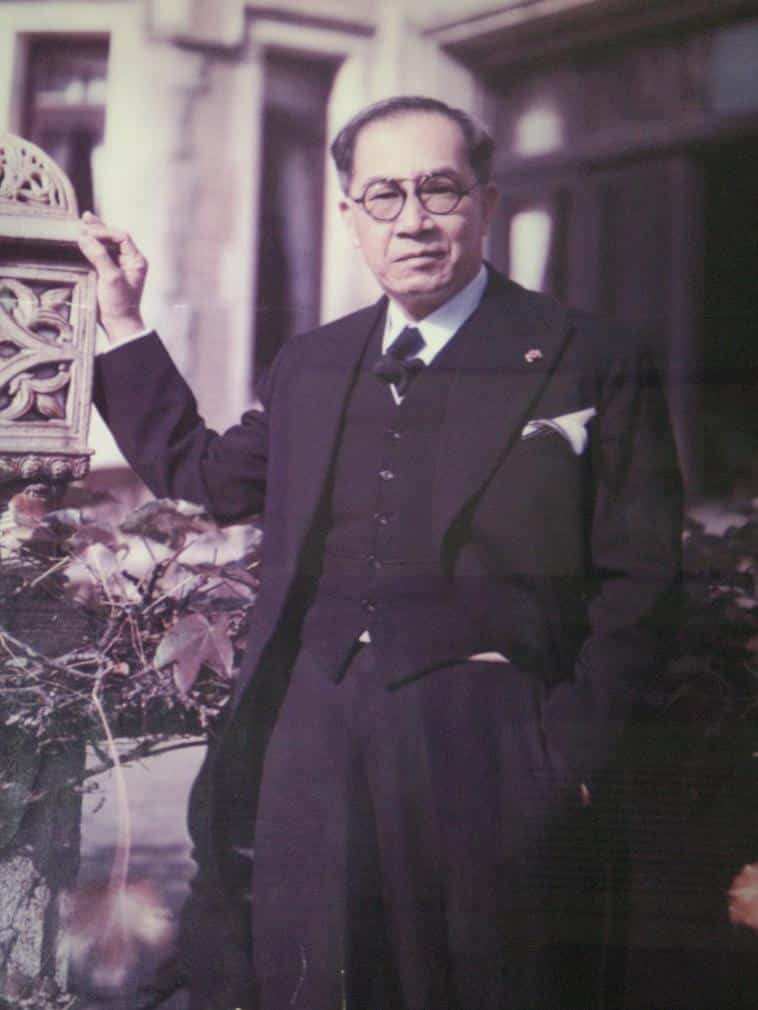October 14, 1943: The inauguration of the Second Philippine Republic

Former President Jose P. Laurel
The First Philippine Republic, also known as the Malolos Republic, was established on January 23, 1899. The Third Philippine Republic was created on July 4, 1946, following the granting of independence by the United States. Both Philippine Republics are well known to most students of Philippine history.
The Second Philippine Republic is less known and quite controversial.
During the Japanese occupation of the Philippines from December 1941 to August 1945, the Japanese rulers attempted to convince the Filipinos that Japan had liberated the Philippines from American imperialism. The Japanese propagandists argued for “Asia for the Asiatics,” “Philippines for Filipinos,” and “Asia is one.”
The Japanese rulers tried to present to the Filipinos the benefits of being connected economically and culturally with Japan. The “liberated” Filipinos could become a member of the “Greater East Asia Co-Prosperity Sphere.” All the Japanese occupied countries in Asia and Southeast Asia would share in the economic prosperity with Japan without white imperialists.
Most Filipinos learned the hard way that Japan’s propaganda did not match the reality in the Philippines. Japanese cruelty and atrocities never abated during the occupation.
The secret police, the Kempeitai, were ubiquitous. Filipino children could learn the Japanese language and culture, but education was always dominated by Japanese culture. In general, Filipino culture was discounted and suppressed.
Since the Japanese rulers could not convince the Filipinos of their good and beneficial intentions, they decided to grant “independence” to the Philippines on October 14, 1943. The Second Philippine Republic was commenced on that date.
The republic had an executive, unicameral legislative and judicial branches. Jose Laurel was inaugurated as president. He delivered an address to the Filipinos following the raising of the Philippine flag and the singing of the Philippine National Anthem. Japan created an embassy in Manila to give the appearance of self-rule for the Philippines.
The Second Philippine Republic was also known as the Japanese “puppet government.” The republic was only a façade of Philippine government control. The Japanese still held ultimate power on all affairs in the Philippines.
Most of the Filipinos who served in the puppet government were prominent Philippine politicians before Japanese occupation. They had served in high positions in the Philippine Commonwealth government.
After World War II, they argued that they were just pretending to collaborate with the Japanese. They said that they had provided intelligence to General Douglas MacArthur’s forces and support to the American and Filipino guerrillas.
The members of the puppet government also claimed that they had adhered to Commonwealth President Manuel Quezon’s directives. Before President Quezon evacuated to Corregidor Island in December 1941, he beseeched the members of the Commonwealth government to do all that they could to protect innocent Filipinos from Japanese brutality.
Dennis Edward Flake is the author of three books on Philippine-American history. He is a Public Historian and a former park ranger in interpretation for the National Park Service at the Eisenhower National Historic Site in Gettysburg, PA. He can be contacted at: flakedennis@gmail.com
You may like: A puppet PH gov’t during the Japanese Occupation in WWII

